
Mastering the Art of Fishing: A Comprehensive Guide to Catching Fish with Live Bait
Fishing is an age-old practice, a testament to our ancestral roots. It’s an activity that marries the thrill of the hunt with the tranquility of nature. One method, in particular, has withstood the test of time, proving to be both effective and enjoyable – fishing with live bait.
The Allure of Live Bait Fishing: Why it Works and Why You’ll Love It
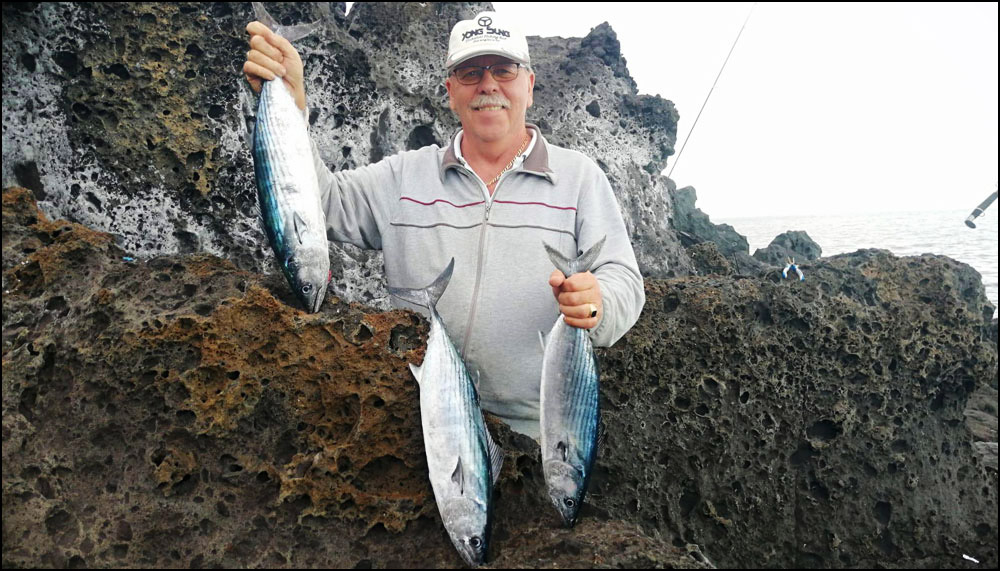
Live bait fishing is the practice of using living creatures to entice fish. This method is often lauded for its effectiveness, and for good reason. Live bait is naturally attractive to fish, stimulating their predatory instincts and encouraging a strike. The movement, vibration, and scent produced by live bait are incredibly enticing to fish, making it a powerful tool in the angler’s arsenal.
Utilizing live bait offers a multitude of benefits. Firstly, it provides the angler with the ability to mimic the natural food sources of the fish they’re pursuing. This alone can significantly increase the odds of a successful catch.
Secondly, live bait can be versatile. There’s a wide variety of creatures that can be used as live bait – worms, minnows, leeches, and crickets to name just a few, and different species of fish are attracted to different types of live bait. This allows the angler to target a broad range of fish species by simply changing their bait.
I remember one of my most memorable experiences with live bait fishing. I was on a quiet lake at the break of dawn, the world around me just beginning to stir. The air was cool and the water was calm. I had chosen a lively nightcrawler as my bait, perfect for the bass I was hoping to catch. As I cast my line, I could see the worm wriggling enticingly. Not long after, I felt a strong tug on my line. The fight was thrilling, the bass putting up a good resistance. But eventually, I reeled it in, a healthy, beautiful creature, caught thanks to the effectiveness of live bait.
Fishing with live bait is an art that has been perfected over generations. It connects us with nature, teaches us patience, and rewards us with the thrill of the catch. Whether you’re a seasoned angler or a beginner just starting out, there’s always something to learn and appreciate in the world of live bait fishing.
The Basics of Live Bait Fishing: A Dive into the Heart of Real Angling

Live bait fishing, as the name implies, involves using living organisms as bait to catch fish. These organisms range from small insects and earthworms to larger creatures like minnows and leeches. By harnessing the natural behaviors of these living baits, anglers can effectively mimic the prey of their target fish, thereby increasing the likelihood of a successful catch.
One of the great advantages of live bait fishing is its universal application across a multitude of fish species. Whether you’re targeting freshwater species like bass, catfish, trout, or sunfish, or saltwater species like redfish, snapper, grouper, or flounder, live bait can be an effective tool. The key is to understand the diet of the fish you’re pursuing and choose a live bait that fits within that diet. For example, bass is known to be particularly attracted to worms and small fish, while catfish often prefer cut bait or stink bait.
When it comes to the gear needed for live bait fishing, there are a few essentials. First and foremost, you’ll need a fishing rod and reel suitable for the type of fishing you’re planning to do. For example, lighter gear would be appropriate for small freshwater fish, while heavier gear would be needed for larger saltwater species.
Next, you’ll need a variety of hooks to match the size of your live bait and target fish. For smaller bait like worms or insects, a smaller hook would be ideal, whereas larger bait like minnows or cut bait would require a larger hook.
Additionally, various types of weights or sinkers may be needed to ensure your bait stays at the appropriate depth. Floats or bobbers can also be useful for maintaining a certain depth and for providing a visual indication of when a fish bites.
A bait bucket or some other container to keep your live bait in is also a must-have. It should be sturdy and capable of keeping your bait healthy and active for as long as possible.
🚩Finally, don’t forget your fishing license and a basic understanding of local fishing regulations. These are not just legal requirements, but also an essential part of sustainable fishing practices.
Choosing the Right Live Bait: A Fresh Perspective on Attracting Your Catch
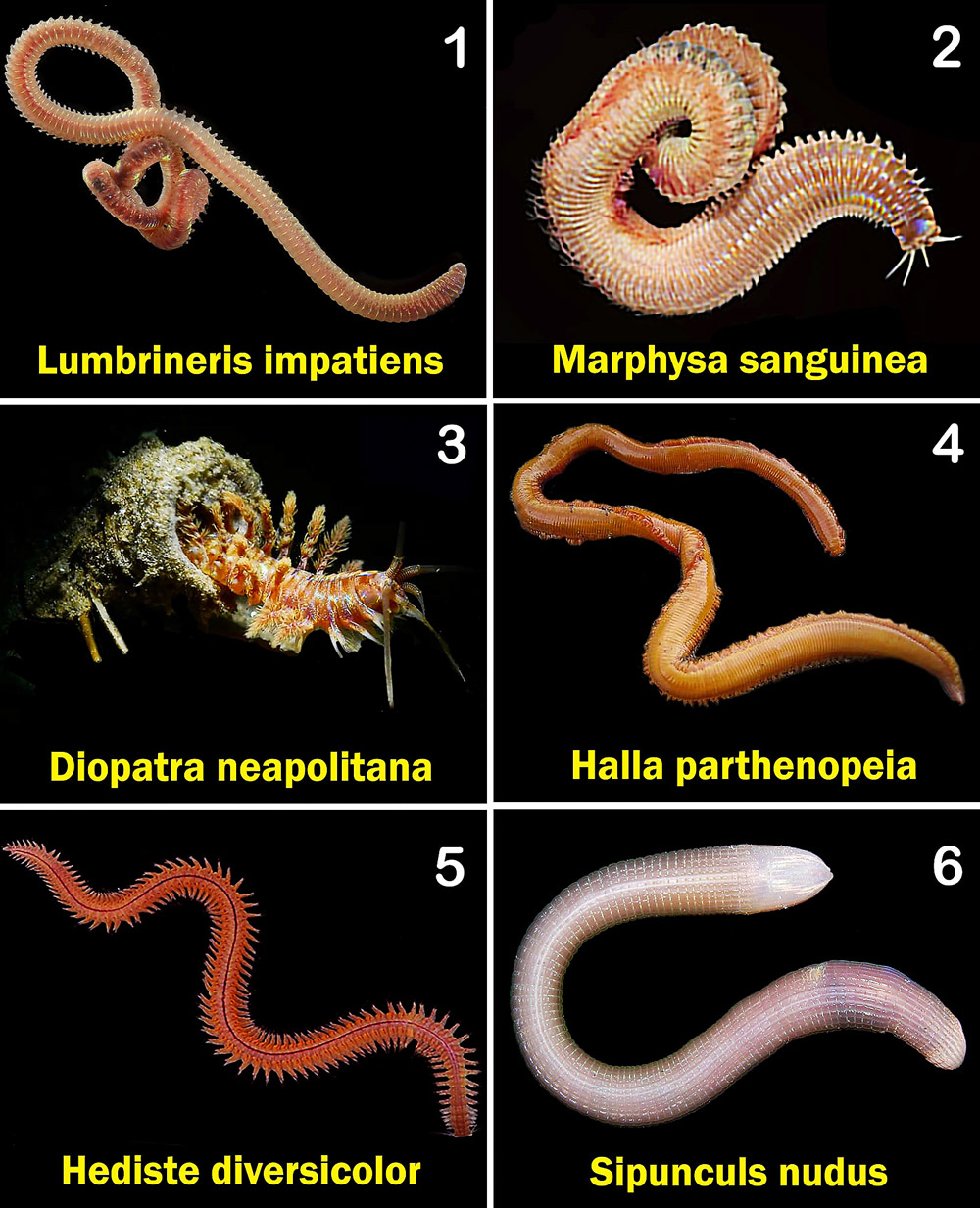
When it comes to live bait fishing, selecting the right bait is half the battle. There’s a vast variety of live baits available, each with its own unique allure for different species of fish.
Let’s break down a few common types of live bait:
- Worms: These are a classic choice and a favorite meal for many freshwater fish species, including bass, trout, and walleye. The common earthworm or nightcrawler is often a good go-to, but there are also species like red wigglers and mealworms that can be effective.
- Minnows: Small fish like minnows or shiners are excellent for attracting larger predatory fish. They work well for species such as pike, muskie, bass, and catfish in freshwater, and species like snapper and grouper in saltwater.
- Insects: Insects like crickets, grasshoppers, and even certain types of larvae can be great for catching fish like trout, panfish, and carp. They are especially effective in streams and rivers.
- Leeches: Leeches are a particularly good bait for walleye and northern pike but can also entice bass and other species.
- Shellfish and Crustaceans: For saltwater fishing, baits like shrimp, crabs, and squid can be very effective. These are favorites of species like redfish, sea trout, flounder, and many others.
When deciding on the best live bait, consider the diet of your target fish. Research their natural prey and try to match your bait to it. The more your bait resembles the fish’s natural food source, the more likely it is to take the bait.
As for sourcing your live bait, there are a few options. Many local bait shops offer a selection of common baits like worms and minnows. These shops can also provide valuable advice about what’s currently working well in the local waters. In some cases, you might even be able to catch your own bait. For instance, a small net can be used to catch minnows, or you could dig for worms in your own backyard. Remember, the fresher the bait, the more lively and attractive it will be to fish.
Hooking the Live Bait: Mastering the Art of the Hook, Line, and Sinker
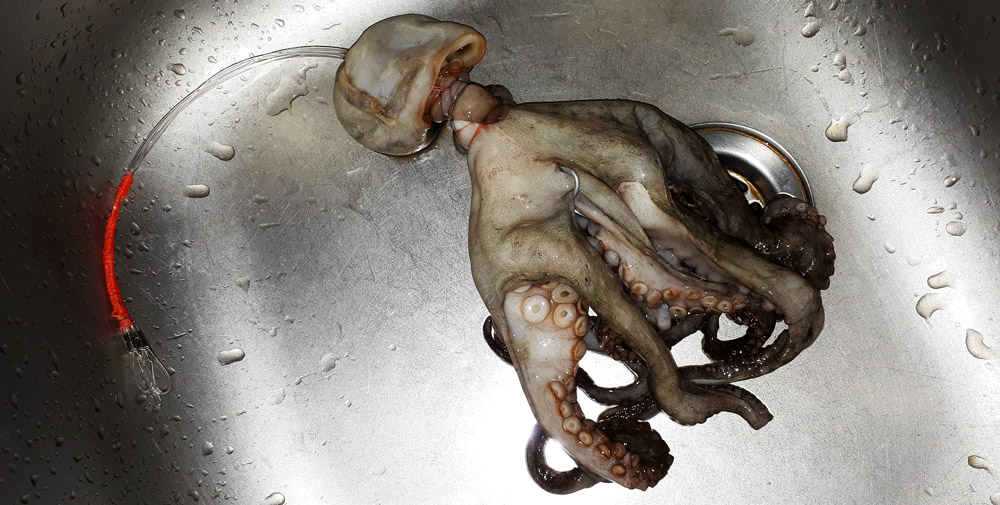
One of the most crucial steps in live bait fishing is hooking your bait properly. Doing so increases the bait’s lifespan and movement in the water, making it more attractive to your target fish. While I can’t provide visual aids here, I’ll describe the process in detail for two common types of live bait: worms and minnows.
Hooking a worm:
- Start by choosing a healthy, active worm.
- Thread the hook through one end of the worm, pushing it up along the hook’s shank.
- Leave a portion of the worm hanging off the end of the hook to allow for natural wriggling, which can be attractive to fish.
Hooking a minnow:
- Choose a lively minnow.
- Gently but firmly hold the minnow and insert the hook through its lips from bottom to top, or through the back just below the dorsal fin. Both methods allow the minnow to continue swimming naturally.
- Ensure the minnow is securely on the hook, but be careful not to damage its internal organs, which could shorten its lifespan.
🚩In general, the goal is to cause as little harm as possible to the bait, allowing it to remain alive and active for as long as possible. Each type of live bait has its own best practices for hooking, so it’s worthwhile to research the specific bait you’re using.
To keep your live bait active longer, consider the following tips:
- Keep your bait in a cool, shaded area when not in use. Excessive heat or sunlight can stress or even kill your bait.
- Use a bait bucket or container with an aerator if possible. This helps to provide oxygen and keep the water in the container fresh.
- Handle your bait gently and as little as possible. The oils and heat from your hands can be harmful to many types of live bait.
🚩Remember, the more lively and natural your bait appears in the water, the more likely it is to attract the attention of your target fish. Properly hooking and caring for your live bait can make a significant difference in your fishing success.
Techniques for Fishing with Live Bait: The Insider’s Guide to Techniques That Hook
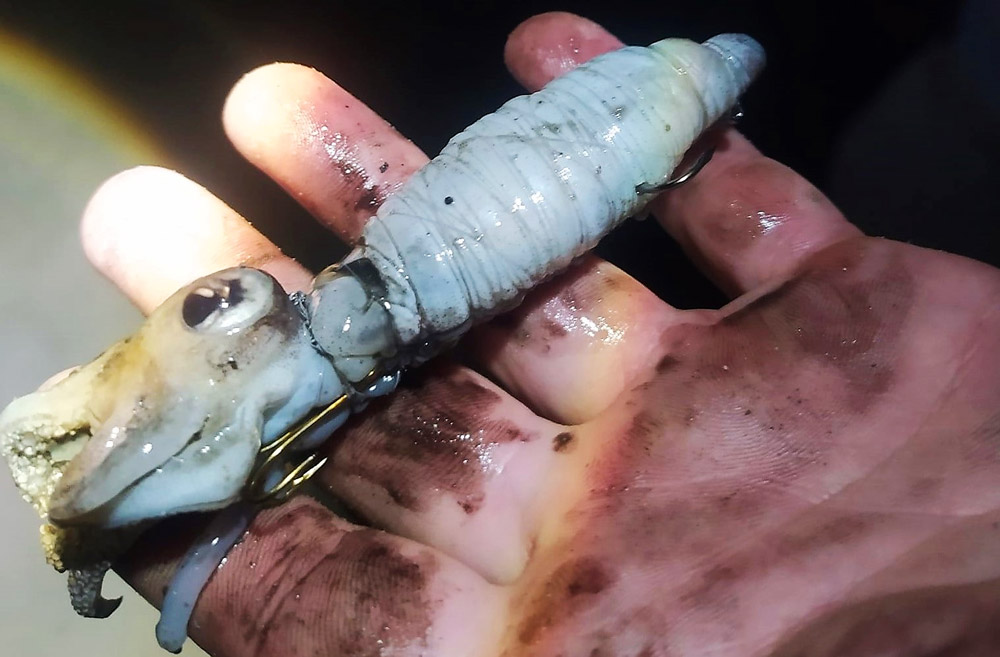
Once you’ve chosen your live bait and hooked it properly, it’s time to fish. However, it’s not as simple as just casting your line into the water. Various techniques can maximize the effectiveness of your live bait, depending on the conditions and the type of fish you’re targeting. Let’s dive into a few of the most common techniques used in live bait fishing.
✅Bottom Fishing: As the name suggests, this technique involves letting your live bait sink to the bottom of the water body. This is often used when targeting fish species that typically feed near the bottom, such as catfish or flounder. A weight or sinker is usually used to get the bait to the desired depth.
✅Float Fishing: This technique uses a bobber or floats to keep the bait at a specific depth. This is especially useful when the fish you’re targeting are known to feed at a certain depth, or when you want to keep your bait above weeds or rocky bottom. The bobber also serves as a visual indicator of a bite.
✅Drifting: This method involves allowing the live bait to drift naturally with the current. This can be particularly effective in rivers or streams, or when fishing from a boat in a lake or ocean.
✅Trolling: Similar to drifting, trolling involves moving the bait through the water, but it’s typically done by slowly motoring a boat. This can be a great technique for covering a lot of water and finding fish in larger bodies of water.
Your fishing technique may need to be adapted based on various conditions. For example, in rough or fast-moving waters, you may need to use more weight to keep your bait at the desired depth. If the weather is particularly hot, fish may move to deeper, cooler water, requiring you to adjust your depth accordingly.
When casting live bait, it’s important to be gentle to avoid injuring the bait or having it fling off the hook. A smooth, easy casting motion is usually best. When retrieving, the key is to make the bait act as naturally as possible. This might mean reeling in slowly, allowing the bait to swim naturally, or even letting it sit still.
Live Bait Fishing: A Step-by-Step Guide to Landing Your Dream Catch
🟨First. Fresh mackerel must be bought at 60-90 grams at the store (or better live bait at the market or from local fishermen). What is the best fish for live bait? It is mackerel, sardines, and shrimp.
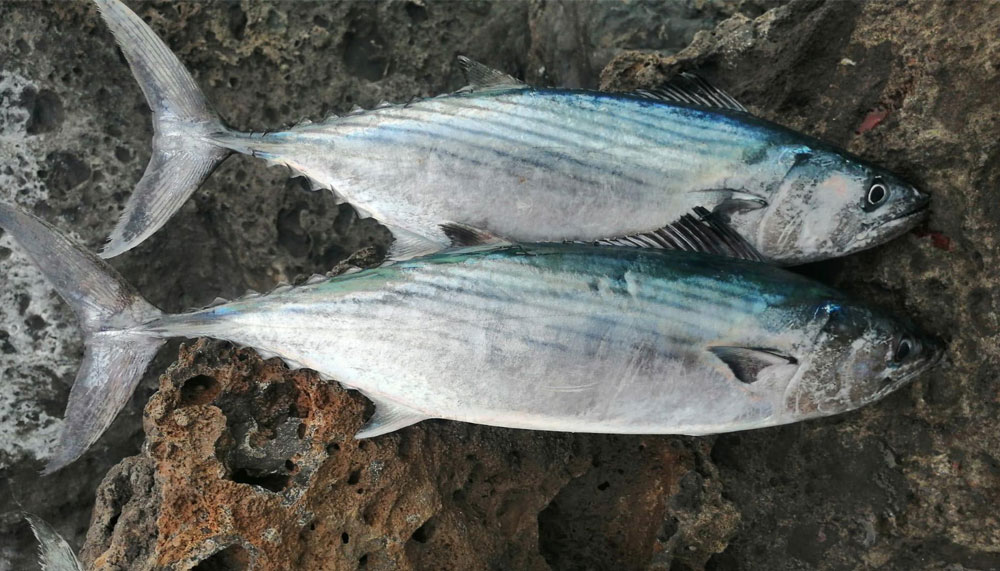
🟨Second. Assemble a fishing tackle with bait. For this you need to have:
- Double Hooks
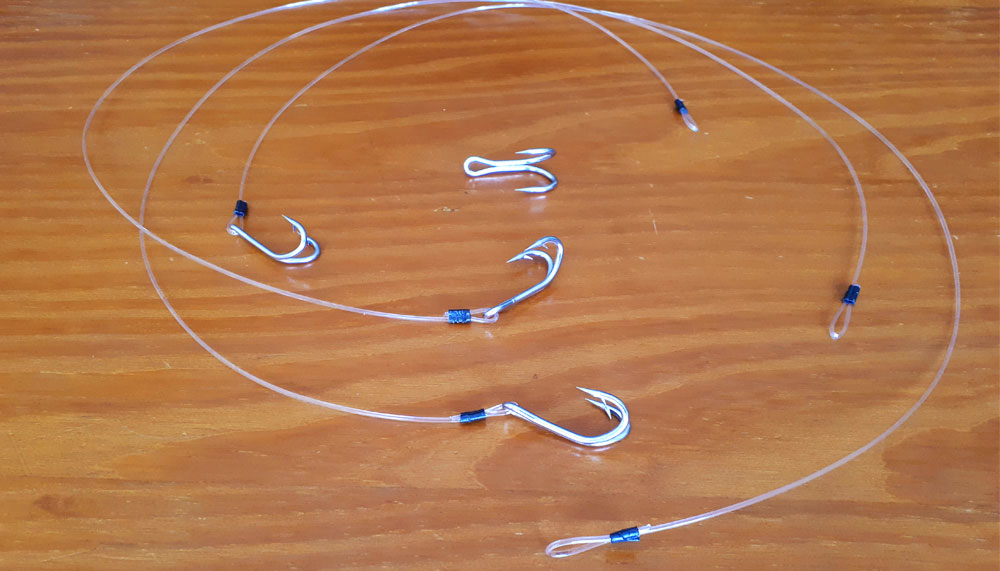
- Fishing Line With A Diameter Of 0.45 MM

- Crimp And Tube: Helps To Set A Double Hook And Make A Stiff Loop
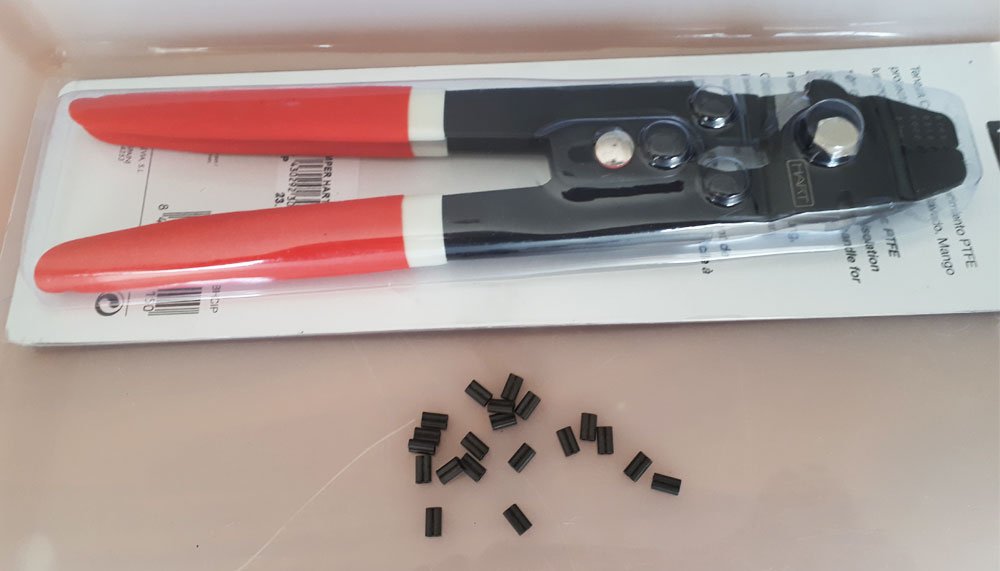
- Metal Needle (Wire) With A Bent End Will Help Install The Line Inside The Bait

- Bait Needs To Be Reinforced With Rubber String

- How To Rig Up Live Bait
Secure the double hook to the end of the line with the tube and crimp. Cut 40-50 cm of fishing line and make a small loop on the other end with a tube and crimp (see how on the video and photo).
Tips from the Tackle Box: How to Fish with Live Bait Like a Pro
Open the mouth of the fish, its tongue should be at the bottom. Pierce this bait along the spine to the end. Attach a loop with a hook to the bent end of the needle-wire and pull until the hook is in front of the fish’s mouth. From head to tail, wrap it tightly with rubber thread. This will allow the bait to sit tight and not fly off when casting. The bait is ready!
Setting up a rod for live bait fishing. What you need to have:
- A 4.2-5.0 meter rod with 80-200 grams of force (Complete fishing rod for trophy fish)
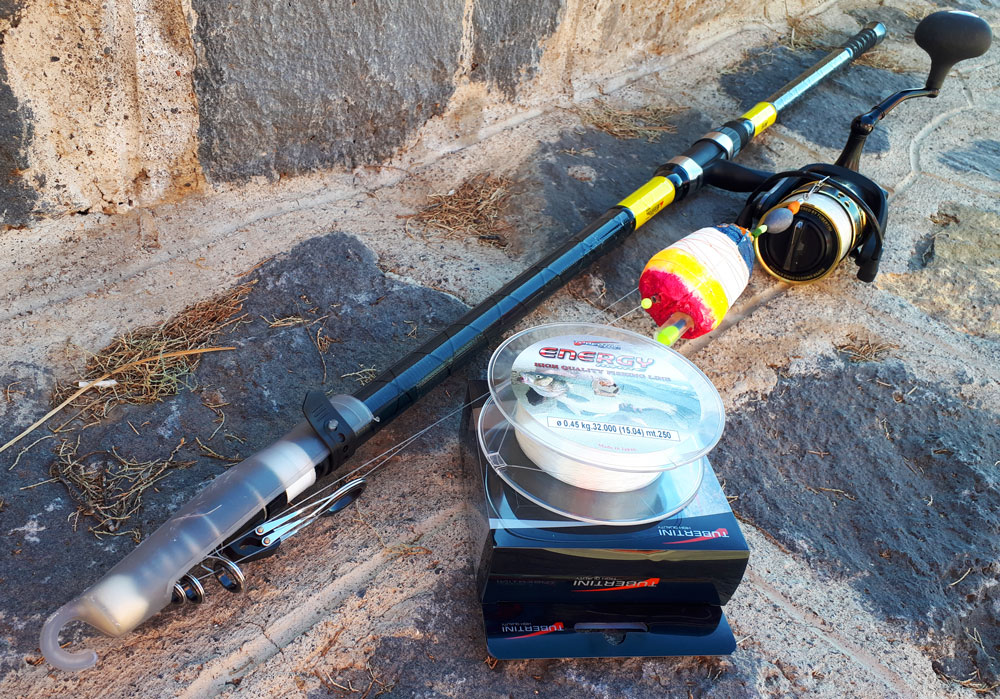
- Reel 8000 with a capacity of 150 meters
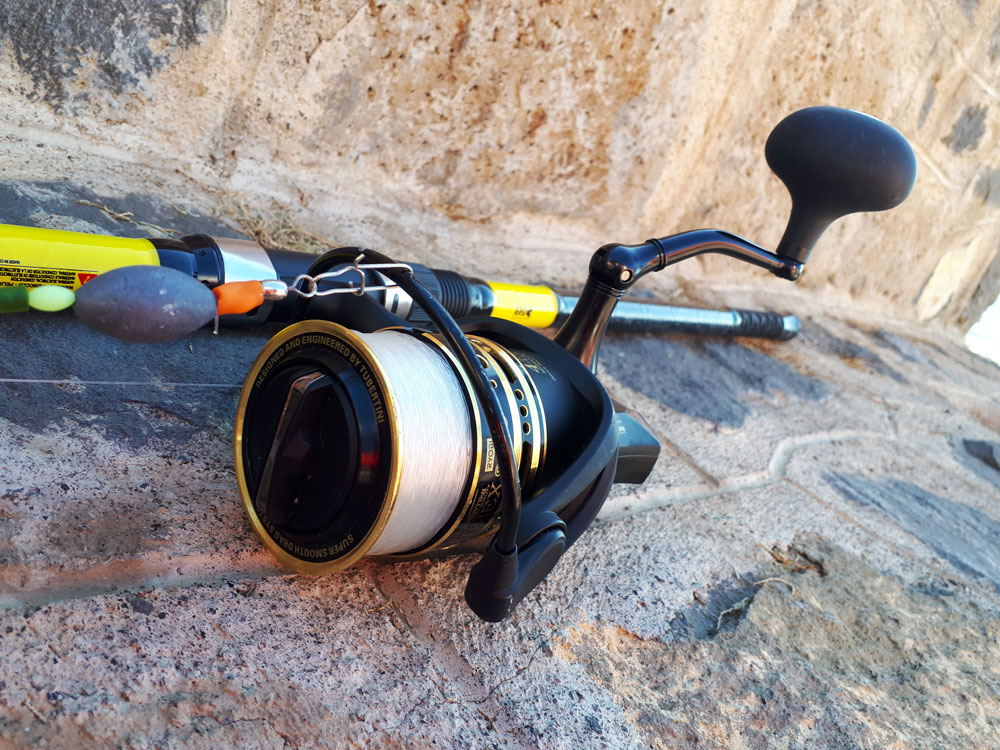
- Line 150-200 meters of thickness 0.45 mm
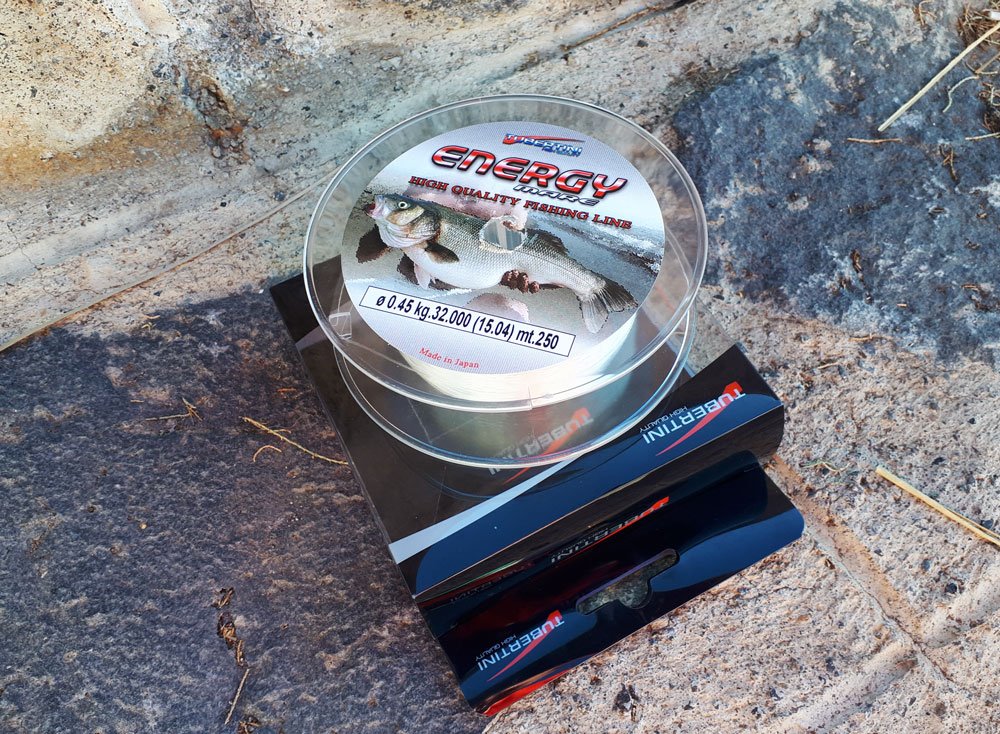
- Carabiner with swivel strong and stainless
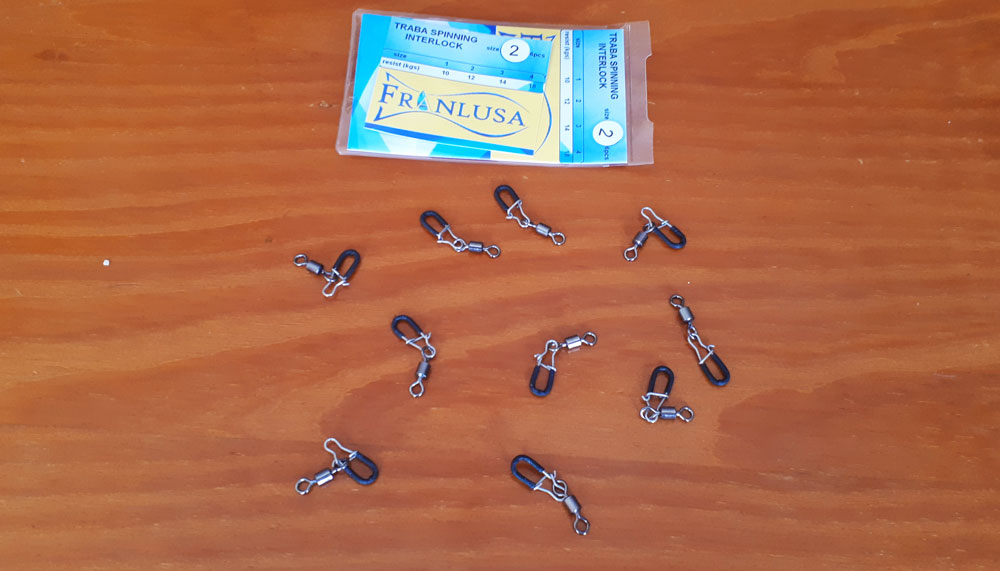
- Float 60-80 grams with a firefly better than a flashlight with a battery
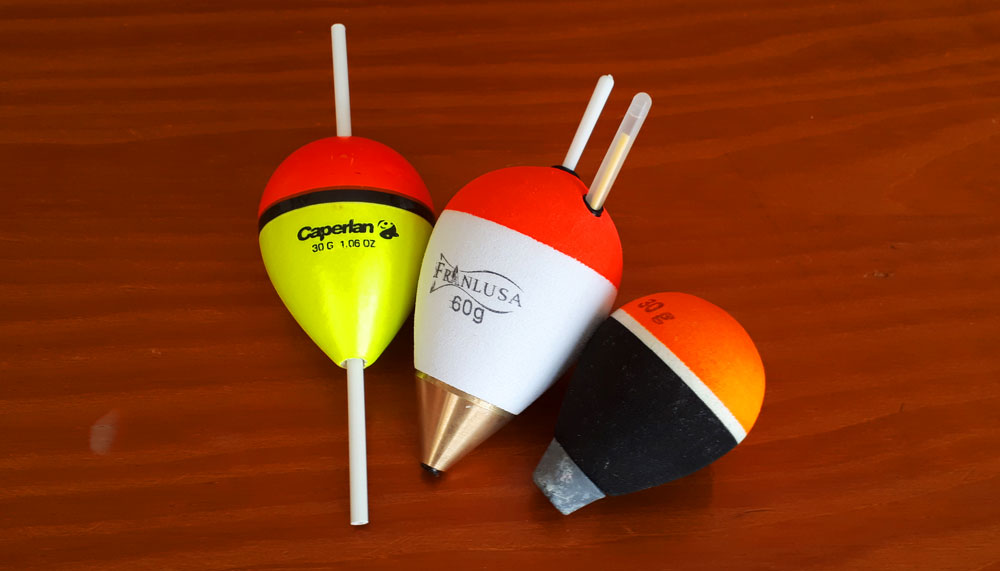
- Candles (light bulbs)

- Weight 10-15 grams
- Plastic Glow Balls
- Rubber Stoppers
Scheme of assembling tackle: line – stopper – luminous bead – sinker – stopper – bead – karabiner. On the carabiner-latch with a live fish (bait).
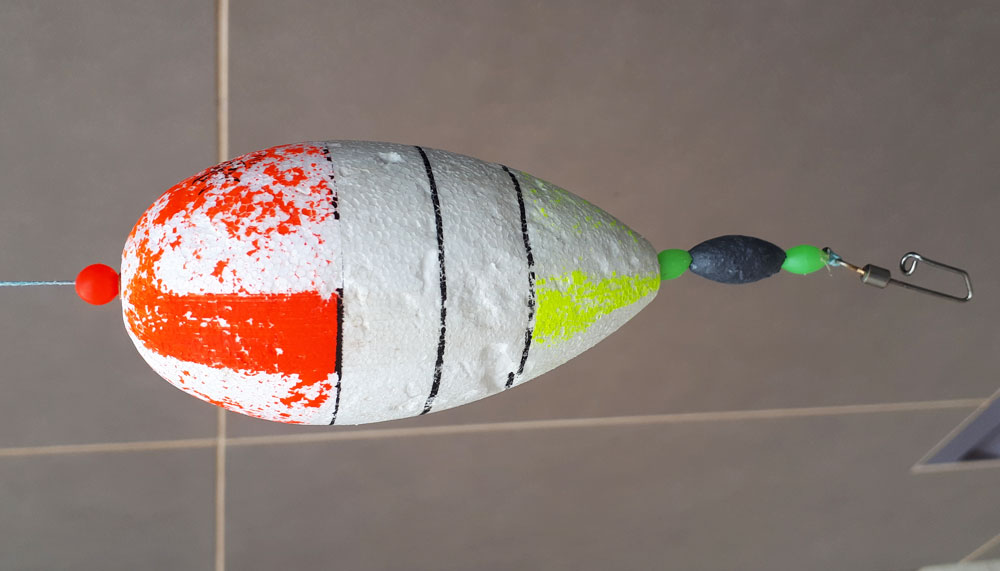
Do you use a sinker with live bait? Yes. You will need a sinker to properly use the float and lower the live bait to the bottom.
Cast your tackle 20-100 meters from the shore, preferably downwind. Set the stopper to a sinking depth of 2 to 10 meters depending on where you are fishing. Choose the bottom relief with a depth difference.
To throw the bait correctly, you need to spread your legs wide and make a powerful throw to the maximum distance. And wait for a nibble (this is the sound of the rattle on the reel).
The catch should be when the brake on the reel is released. So that the fish could pull the line freely during the bite and there was no hard bite. The bite is strong and therefore the rod should also be secured.
You should not rush with the hook when the float goes into the water. The fish has to swallow the bait deeply and only when the line starts to unwind should it be hooked. The fish should be pulled out carefully with the tension of the line. Any slackening of the line can lead to breakage, and the fish will be off the hook. Watch our video and have fun fishing.
Handling Your Catch: The Perfect Reel-In and Release
Once you’ve felt that exhilarating tug on your line, it’s time to reel in your catch. However, it’s crucial to do so in a way that ensures the safety of both you and the fish, particularly if you’re practicing catch and release.
Reeling in Your Catch
The key to successfully reeling in your catch is to keep a steady pressure on the fish. Allow it to fight and tire itself out, while ensuring that your line remains taut. Be patient, and avoid trying to force the fish in too quickly. If the fish runs, let it run, but always keep the line tight. When the fish stops running, gently reel it back toward you.
Catch and Release
If you’re not planning to keep the fish, it’s important to handle it carefully to ensure its survival upon release. Wet your hands before handling the fish to protect its slime layer, which is vital for its health. Try to remove the hook quickly and gently, using a hook remover or pliers if necessary. If the fish is deeply hooked, it might be better to cut the line as close to the hook as possible. Return the fish to the water as soon as you can, and if it seems exhausted, hold it gently in the water, pointing it into a gentle current, until it swims off on its own.
Cleaning and Preparing Your Catch
If you’re planning to keep and cook your fish, you’ll need to know how to clean it. First, use a sharp knife to make an incision from the vent (just behind the anal fin) up to the underside of the jaw. Remove the entrails, and scrape out the kidney along the spine using a spoon or your thumb. Rinse the fish thoroughly with cold water. If you wish to fillet the fish, you can then make a cut behind the gills down to the backbone, turn the knife sideways, and run it along the backbone to the tail. Remember to always check local regulations, as some areas require you to keep the fish whole until you’re home.
Whether you’re releasing your catch or bringing it home for dinner, treating the fish with respect is of utmost importance. By safely reeling in, correctly handling, and properly cleaning your catch, you’re ensuring a positive outcome for both you and the fish.
Common Mistakes and How to Avoid Them: Navigate the Pitfalls of Live Bait Fishing Like a Pro
Like any skill, live bait fishing comes with its own set of common mistakes, especially for beginners. By being aware of these pitfalls, you can significantly increase your chances of success. Here are a few of the most common mistakes and how to avoid them.
🟫Using the Wrong Bait: This is a common mistake among novices. Remember, the type of bait you use should be based on the type of fish you’re targeting. Using a bait that your target fish has no interest in will likely result in an unproductive fishing trip. Always do your research before heading out.
🟫Improperly Hooking the Bait: Hooking the bait incorrectly can kill it or make it look unnatural in the water, which can deter fish. Make sure you know the best way to hook your chosen bait to keep it alive and enticing to fish.
🟫Ignoring the Conditions: The weather, water temperature, and time of day can all significantly impact fish behavior. Ignoring these conditions and not adapting your approach accordingly can drastically reduce your chances of success.
🟫Overhandling the Bait: Handling your live bait too much can harm it, making it less attractive to fish. Handle your bait as little as possible and always with wet hands to protect it.
🟫Reeling in Too Quickly: When you get a bite, it can be tempting to reel in the fish as quickly as possible. However, doing so can result in lost fish. Patience is key; let the fish tire itself out before you start reeling it in.
I remember one of my early fishing experiences where I was so excited to catch a fish that I reeled in too quickly. The fish, a nice-sized bass, hadn’t exhausted itself yet and made a powerful run, snapping my line and getting away. It was a lesson learned the hard way, but it taught me the importance of patience when reeling in a fish.
🚩Fishing is a learning experience, and mistakes are often the best teachers. By being aware of these common pitfalls and taking steps to avoid them, you’ll be well on your way to becoming a more successful angler.
Advanced Tips for the Seasoned Angler: Elevating Your Live Bait Fishing Game
Even seasoned anglers can always learn something new, especially when it comes to the art of live bait fishing. As a seasoned angler myself, here are some advanced techniques, strategies, and personal insights I’ve gathered over the years.
Advanced Techniques and Strategies:
♊Bait Selection: Seasoned anglers know that not all bait is created equal. The healthiest, most vibrant bait will always outperform its less lively counterparts. Learn how to select the best bait from your batch, looking for signs of health and vitality, such as clear eyes and active movement.
♊Bait Presentation: How your bait is presented in the water can make a significant difference. Experiment with different hooking methods to see which ones make your bait appear most natural and appealing in the water.
♊Using a Slip Bobber: This can allow you to adjust the depth of your bait easily without changing your entire setup, giving you more flexibility to respond to changing conditions or fish behavior.
♊Reading Water and Weather Conditions: Understanding how to read the water and weather conditions can significantly impact your success with live bait fishing. For example, fish often feed more aggressively before a storm, so this can be a prime time to fish. Temperature changes in the water can also affect fish behavior, with many species becoming more active in cooler water.
Personal Advice and Wisdom:
- One of the best pieces of advice I can give is to always be adaptable. Conditions can change quickly when you’re fishing, and the more flexible you can be in your approach, the more successful you’ll be.
- Also, never stop learning. Even after decades of fishing, I still learn something new every time I hit the water. Whether it’s a new technique, a different way to read the water, or a better method for handling bait, there’s always something to learn.
- Finally, remember to enjoy the process. Fishing is about more than just catching fish; it’s about connecting with nature, enjoying the peace and quiet, and experiencing the thrill of the catch. Even on days when the fish aren’t biting, there’s still plenty to appreciate and enjoy.
🚩By integrating these advanced tips and strategies into your fishing practice, you can take your live bait fishing skills to the next level. Remember, practice makes perfect, and every day spent fishing is an opportunity to learn and improve.
The Joy of Live Bait Fishing: A Reflection on the Rewards of this Timeless Art
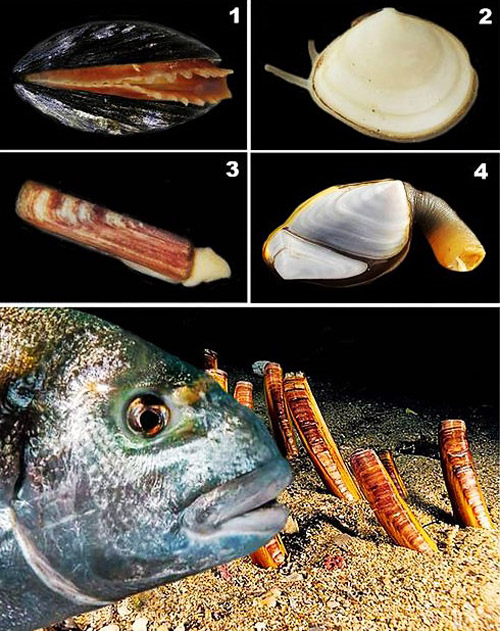
As we wrap up this comprehensive guide, let’s take a moment to review the essentials. We’ve journeyed from understanding the basics of live bait fishing, choosing and hooking the right bait, to mastering various techniques and strategies. We’ve discussed how to handle your catch responsibly, avoid common mistakes, and learned some advanced tips for seasoned anglers.
For those who are just beginning their angling journey, don’t be daunted by the wealth of information. Remember, every expert was once a beginner. Every time you cast your line into the water, you’re gaining valuable experience. So, I encourage you to get out there and try live bait fishing. It’s a hands-on learning process, and with time, patience, and practice, you’ll see your skills develop.
For experienced anglers, never stop learning and refining your techniques. The world of live bait fishing is vast, and even the most seasoned among us can discover new strategies and techniques. Keep challenging yourself, and continue to respect the art and the environment in which you practice it.
Reflecting on my own experiences, live bait fishing has been rewarding in many ways. It’s a continuous journey of learning and improvement that keeps me engaged and challenged. It allows a unique connection with nature, a sense of peace, and the thrill of the catch that’s incredibly satisfying.
Beyond the catch itself, live bait fishing teaches patience, observation, and respect for nature. It’s a reminder that we’re part of a larger ecosystem, and our actions have an impact. So let’s fish responsibly, ethically, and with a sense of gratitude for the experiences and lessons that fishing brings to us.
Here’s to your fishing adventures, may your lines always be tight, and your bait bucket full!
Frequently Asked Questions: Demystifying Live Bait Fishing
As we conclude this comprehensive guide, let’s address some frequently asked questions about live bait fishing. These questions often arise for both novice and seasoned anglers, and their answers can provide useful insights.
Additional Tips and Resources
For those looking to delve deeper into the world of live bait fishing, there are numerous resources available. Local fishing clubs and organizations often provide workshops and training sessions, and online forums and websites like Fishing Club Online or Bait & Tackle Guru offer a wealth of information.
🚩Remember, the best way to improve your fishing skills is by spending time on the water. Don’t be afraid to experiment with different techniques, baits, and locations.

I live in Tenerife (Canary Islands) for the last 10+ years and share my daily fishing experiences on my website. Many years of personal experience as a fisherman and the vast experience of my friends allow me to write professionally on any fishing topics (from choosing a flashlight and equipment to deep-sea fishing).
All of my advice is based on practical real-world experience and will be useful to both novice anglers and professionals. Read more about the author.
Affiliate Disclosure: FishReeler.org sometimes gets paid for listings, through sponsors or affiliate programs like Amazon, Ebay, Cabelas, Bass Pro Shop, Shimano, Daiwa, Rapala, Renn, Okuma, KastKing, etс. Clicking a link helps keep FishReeler.org free, at no extra cost to you!
About the author: Each article is verified by the fishing expert Sergio Smirnoff. The articles are written by professional and amateur fishermen with 20+ years of fishing experience.
Note: The views and opinions expressed in this article are those of the authors and do not necessarily reflect the official policy or position of any agency. The articles are for informational purposes only, share your opinions in the comments and join the fishing discussions, let's share our fishing experiences together!

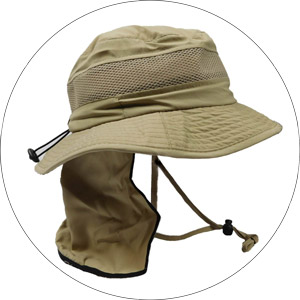
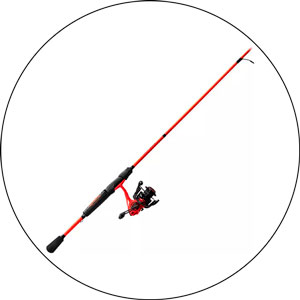
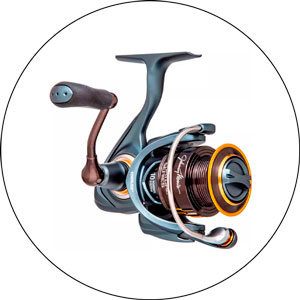

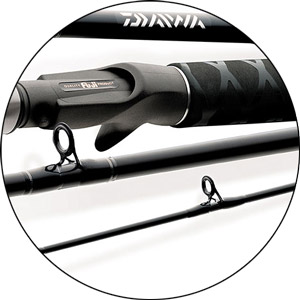
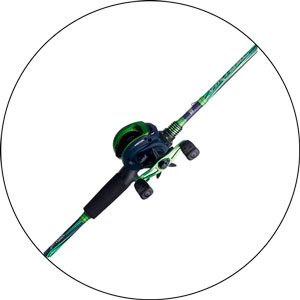
This article brought back many fond memories for me. As an angler who’s been fishing with live bait for years, I can relate to the author’s experiences. The thrill of feeling the tug on the line and knowing that a fish has taken the bait is unmatched. The author’s description of live bait fishing is spot on – it’s a combination of patience, technique, knowledge of the target fish species, and a bit of luck.
As a fishing enthusiast, I must say this article is incredibly comprehensive and well-written. The author’s personal experience with live bait fishing brings a unique perspective to the discussion. The section on the versatility of live bait was particularly informative, offering a good reminder that changing the bait can make a significant difference in the results.
This article is a great reminder of why live bait fishing is so popular. The author’s passion for the practice is evident, and I enjoyed reading about their personal experiences. It’s also a well-rounded guide, covering everything from the basics to more specific details about different types of live bait. Overall, a very informative and engaging read for anglers of all levels.
The practical advice on gear and regulations is an important aspect of this article. It’s easy for beginners to overlook the details, such as matching the hook size to the bait and target fish, but these factors can greatly impact the success of a fishing trip. This is a great guide for anyone looking to get started with live bait fishing.
The author’s tale of catching bass with a nightcrawler brought back memories of my own first catch. There is something special about the combination of tranquility and thrill that live bait fishing offers. This article is a great resource for anyone interested in this timeless method of fishing.
I appreciate the emphasis on the connection with nature that live bait fishing provides. It’s not just about the catch, but also the process. I also liked the inclusion of different types of live bait and their effectiveness. It’s a useful guide for beginners who are unsure about what bait to use.